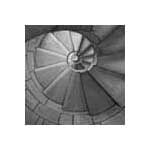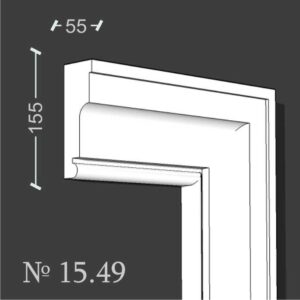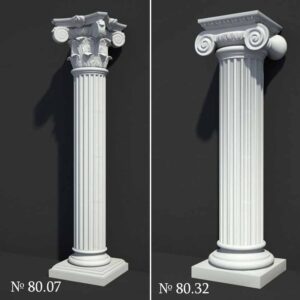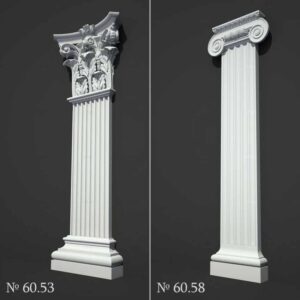In the intricate dance of architecture, the melding of modern geometry with traditional materials is more than a mere stylistic endeavor; it is a philosophical journey that bridges time and technology. This synthesis speaks to a desire to harmonize contemporary design’s bold assertiveness with the earthy essence and enduring charm of natural materials. The result is a living space that transcends the ordinary, offering a sanctuary that is both avant-garde and deeply rooted in tradition. It’s a place where every beam, wall, and window tells a story of innovation, heritage, and the seamless dialogue between them.





| Architects | https://blurringboundaries.in/ |
| Images | https://www.inclinedstudio.com |
Wood’s Warmth in Modern Spaces
The role of wood in modern architectural spaces is transformative, infusing warmth into the stark precision of contemporary designs. This material, celebrated for its versatility and natural beauty, brings an element of organic serenity to the home. It softens the sharp angles and clean lines typical of modern geometry, creating an inviting atmosphere that appeals to the senses. Wood’s presence in a space—be it through a majestic oak door, a set of walnut cabinets, or a pine ceiling—carries the whispers of the forest into the home, enveloping residents in a comforting embrace that only nature can provide.
The application of wood in modern design does not stop at aesthetic contributions; it also plays a crucial role in sustainability. Architects and designers, increasingly mindful of their environmental impact, are turning to wood for its renewable qualities and capacity for carbon storage. This shift not only enhances the ecological credentials of their projects but also aligns with a growing preference for materials that tell a story of environmental stewardship.
Moreover, wood’s natural variability in grain and tone adds a layer of uniqueness to each design. No two pieces are exactly alike, allowing for a custom look that is both personal and profound. This individuality ensures that spaces are not just designed but are curated, reflecting the inhabitants’ personalities and the architect’s vision.
Incorporating wood into modern spaces also offers opportunities to innovate with texture. Techniques such as shou sugi ban—a Japanese method of charring wood to preserve it—highlight how traditional methods can be repurposed to suit modern aesthetics, adding depth and character to the material’s natural beauty. Similarly, the juxtaposition of rough-hewn beams against smooth, plastered walls exemplifies how contrasting textures can coexist harmoniously, creating a rich tapestry of surfaces that engage the eye and the touch.
As we delve deeper into the narrative of blending modern geometry with traditional materials, wood stands out as a testament to the timeless allure of nature within the built environment. Its adaptability and warmth not only enhance the aesthetic of modern design but also root these spaces in a sense of continuity and connection to the natural world.






Stone’s Enduring Strength
The incorporation of stone into modern home design brings an element of timeless strength and durability. This traditional material, revered for its rugged beauty and natural resilience, offers a tactile connection to the earth’s raw elegance. When juxtaposed with the sleek lines and forms of modern architecture, stone creates a compelling visual and textural contrast that grounds the home in stability and permanence.
Stone’s versatility allows it to be used in a myriad of ways, from majestic granite countertops that become the centerpiece of a kitchen to slate tiles that lend a cool, sophisticated touch to a bathroom. Its application on exterior walls not only enhances the home’s aesthetic appeal but also serves as a protective shell, shielding against the elements with stoic grace. Inside, stone can be used to create feature walls that act as a backdrop for modern art or to construct fireplaces that become gathering points, radiating warmth and fostering community.
The thermal properties of stone also contribute to sustainable design, offering natural insulation that helps regulate indoor temperatures. This passive heating and cooling mechanism reduces reliance on artificial systems, echoing a design philosophy that values harmony with the environment over dominance. The use of local stone varieties further minimizes the ecological footprint, embedding the home within its specific geographical and cultural context.
Moreover, the textural diversity of stone—from the smooth polish of marble to the rough-hewn feel of limestone—provides architects and designers with a palette to evoke mood and atmosphere. This sensory richness enhances the spatial experience, inviting touch and exploration, and deepening the occupants’ connection to their surroundings.





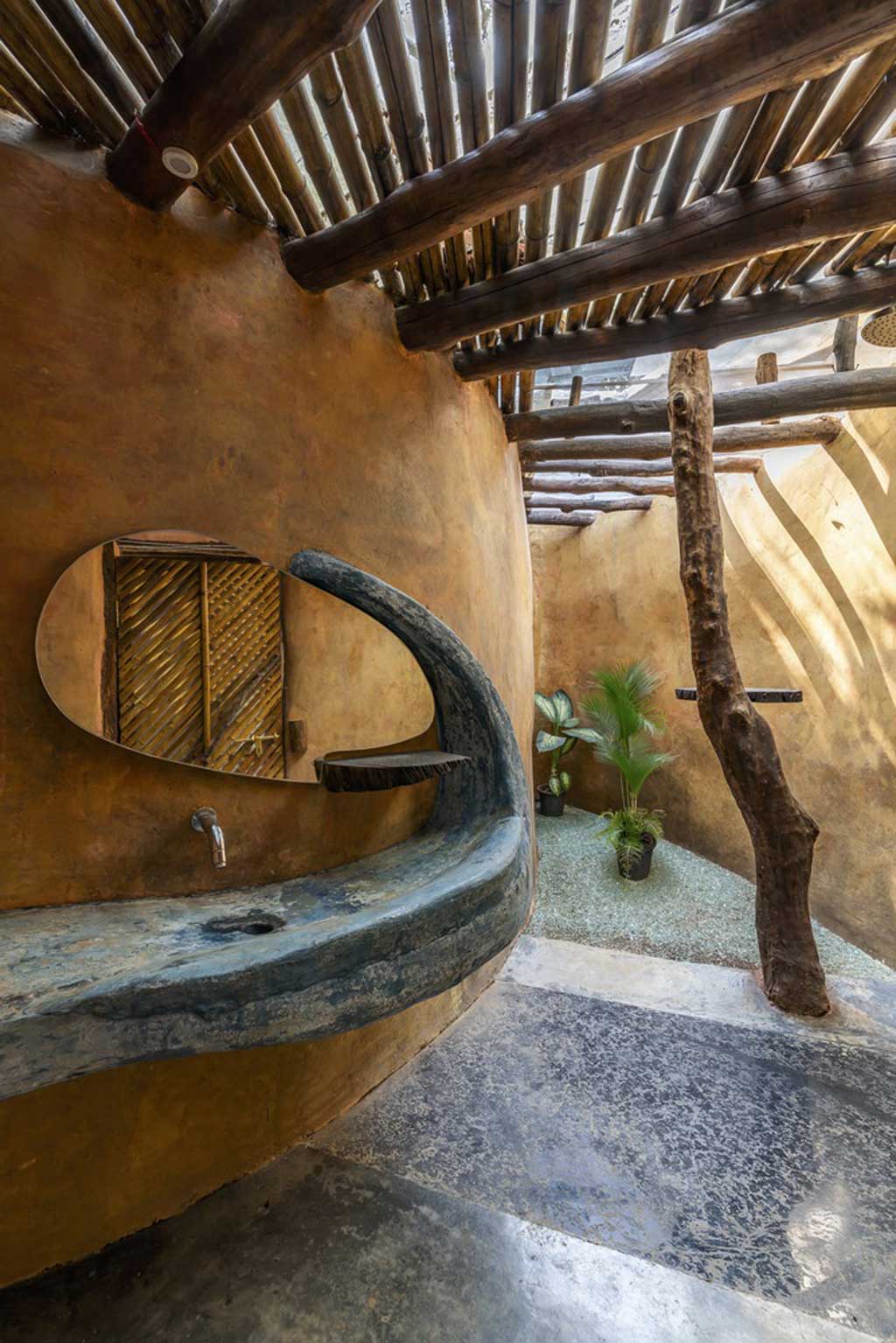
The Clarity of Glass
In modern home design, glass represents transparency, openness, and a blurring of the boundaries between inside and outside. Its use in large windows and doors invites natural light to flood interior spaces, dissolving the barriers that traditionally separate home from landscape. This influx of light not only illuminates but also animates the home, changing the ambiance with the time of day and the seasons.
Glass’s reflective qualities add a layer of visual complexity, mirroring the surrounding environment and creating a dynamic interplay between the home and its setting. This reflective interplay enhances the home’s integration with its surroundings, making the architecture feel like a natural extension of the landscape rather than an imposition upon it.
The strategic use of glass in skylights and atriums can transform areas of the home into sun-drenched sanctuaries, fostering the growth of indoor gardens and connecting the occupants more closely with the rhythms of nature. Moreover, glass partitions within the home can create a sense of openness and flow between spaces, encouraging interaction and mobility.




Concrete’s Versatile Foundation
Concrete, with its stark, minimalist beauty, offers a modernist aesthetic that is both functional and sculptural. This material’s fluidity before setting allows architects to explore unconventional forms and structures, pushing the boundaries of what is architecturally possible. Once hardened, concrete provides a robust and durable foundation for homes, embodying the modern ethos of form following function.
The cool, neutral tones of concrete serve as a perfect backdrop for both traditional and contemporary furnishings, allowing the material to blend seamlessly with a variety of design styles. Its texture, whether left raw or polished to a smooth finish, adds depth and interest to interior spaces, complementing the tactile qualities of wood, stone, and glass.
In landscaping, concrete can be used to create sleek, geometric pathways and patios that echo the home’s architectural lines, further unifying the design. Its thermal mass properties contribute to energy efficiency, absorbing heat during the day and releasing it at night.

The art of blending modern geometry with traditional materials in home design is a celebration of balance, innovation, and respect for the natural world. Wood, stone, glass, and concrete—each material contributes its unique characteristics, creating homes that are not only architecturally striking but also deeply resonant with human experience. This approach to design reflects a broader cultural shift towards sustainability, mindfulness, and a reconnection with the natural environment, principles that are increasingly important in our rapidly changing world.
